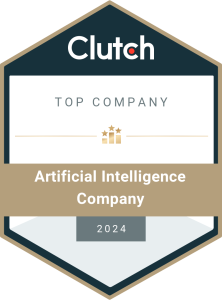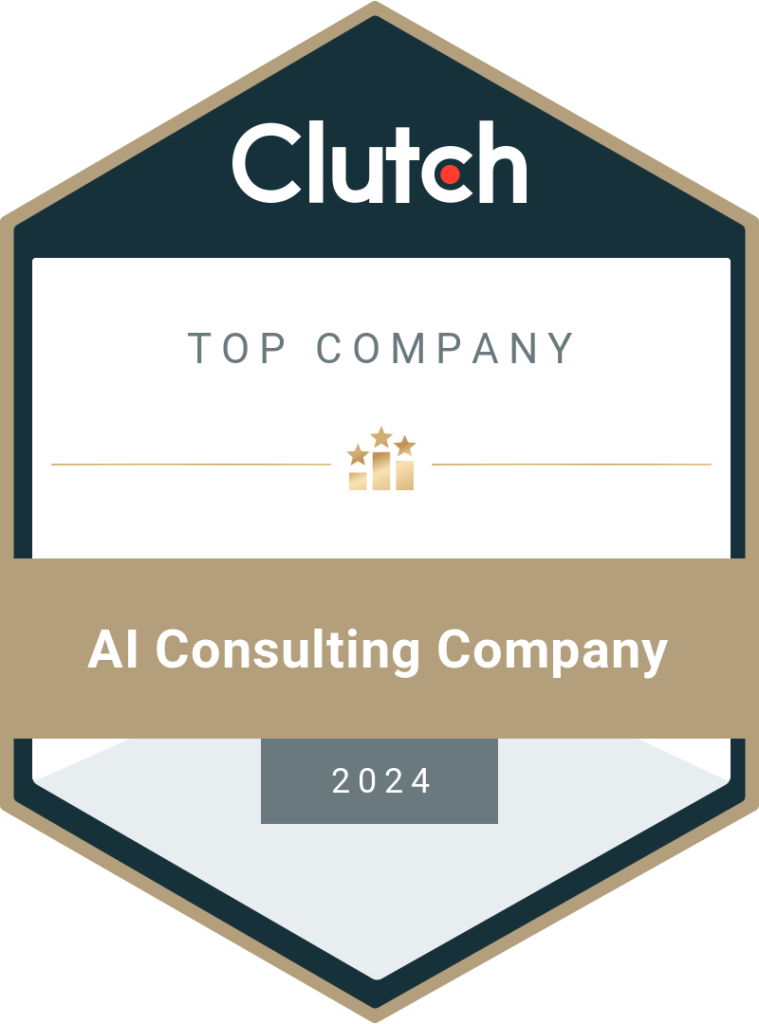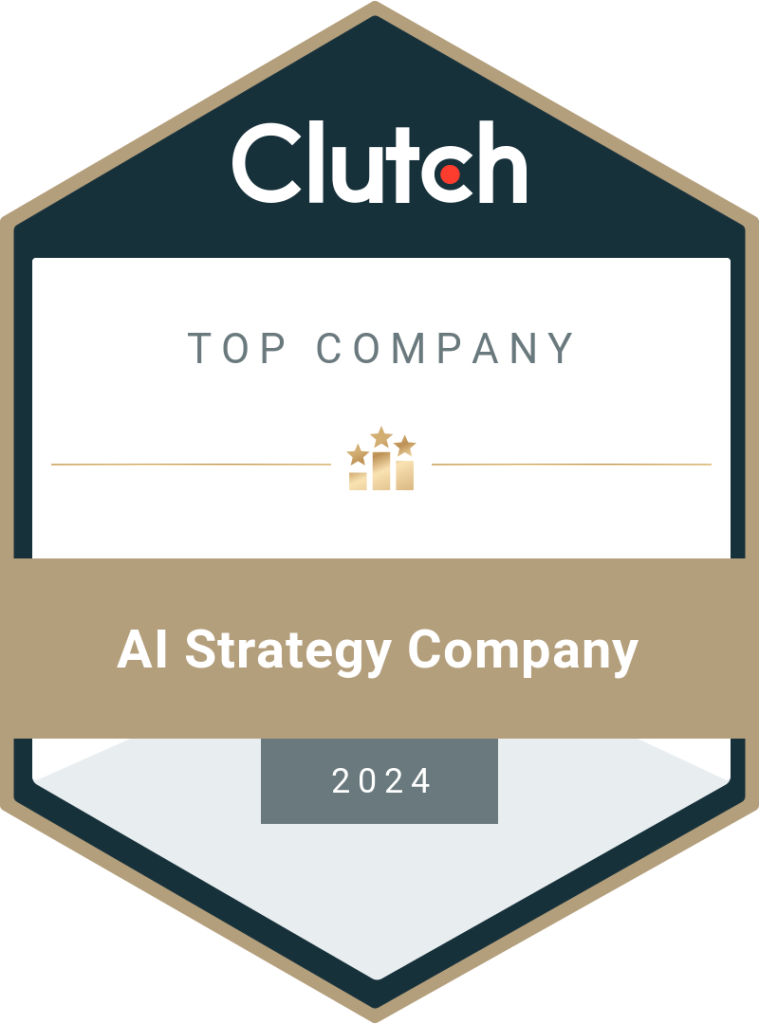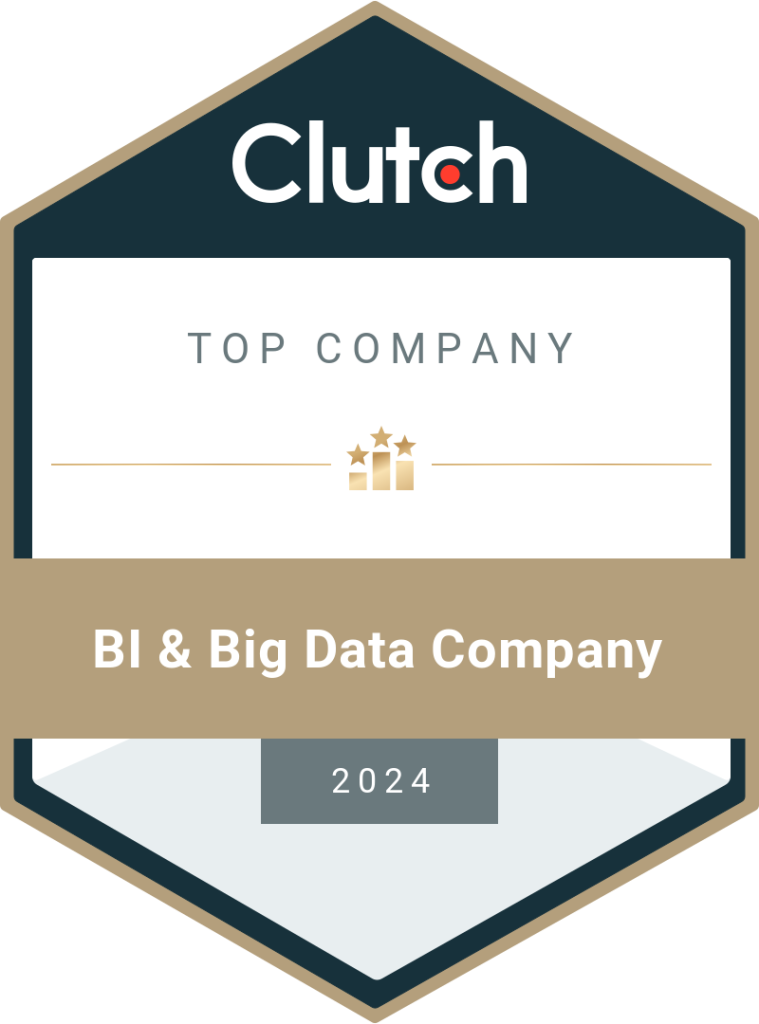Everything You Need to Know About Computer Vision
To most, they consist of pixels only, but digital images, like any other form of content, can be mined for data by computers. Further, they can also be analyzed afterward. Use image processing methods, including computers, to retrieve the information from still photographs, and even videos. Here we are going to discuss everything you must know about computer vision. There are two forms-Machine Vision, which is this tech’s more “traditional” type, and Computer Vision (CV), a digital world offshoot. While the first is mostly for industrial use, as an example are cameras on a conveyor belt in an industrial plant, the second is to teach computers to extract and understand “hidden” data inside digital images and videos. Thanks to advances in artificial intelligence and innovations in deep learning and neural networks, the field has been able to take big leaps in recent years, and in some tasks related to the detection and labeling of objects has been able to surpass humans. One of the driving factors behind computer vision development is the amount of data we produce now, which will then get used to educate and develop computer vision. What is Computer Vision? Computer vision is a field of computer science that develops techniques and systems to help computers ‘see’ and ‘read’ digital images like the human mind does. The idea of computer vision is to train computers to understand and analyze an image at the pixel level. Images are found in abundance on the internet and in our smartphones, laptops, etc. We take pictures and share them on social media, and upload videos to platforms like YouTube, etc. All these constitute data and are used by various businesses for business/ consumer analytics. However, searching for relevant information in visual format hasn’t been an easy task. The algorithms had to rely on meta descriptions to ‘know’ what the image or video represented. It means that useful information could be lost if the meta description wasn’t updated or didn’t match the search terms. Computer vision is the answer to this problem. The system can now read the image and see if it is relevant to the search. CV empowers systems to describe and recognize an image/ video the way a person can identify a picture they saw earlier. Computer vision is a branch of artificial intelligence where the algorithms are trained to understand and analyze images to make decisions. It is the process of automating human insights in computers. Computer Vision helps empower businesses with the following: Computer vision is largely being used in hospitals to assist doctors in identifying diseased cells and highlighting the probability of a patient contracting the disease in the near future. Computer vision is a field of artificial intelligence and machine learning. It is a multidisciplinary field of study used for image analysis and pattern recognition. Emerging Computer Vision Trends in 2022 Following are some of the emerging trends in computer vision and data analytics: One of the most vigorous and convincing forms of AI is machine vision that you’ve almost definitely seen without even understanding in any number of ways. Here’s a rundown of what it’s like, how it functions, and why it’s so amazing (and will only get better). Computer vision is the computer science area that focuses on the replication of the parts of the complexity of the human visual system as well as enables computers to recognize and process objects in images and videos in the same manner as humans do. Computer vision had only operated in a limited capacity until recently. Thanks to advances in artificial intelligence and innovations in deep learning and neural networks, the field has been able to take big leaps in recent years, and in some tasks related to the detection and labeling of objects has been able to surpass humans. One of the driving factors behind computer vision growth is the amount of data we generate today, which will then get used to train and improve computer vision. In addition to a tremendous amount of visual data (more than 3 billion photographs get exchanged daily online), the computing power needed to analyze the data is now accessible. As the area of computer vision has expanded with new hardware and algorithms, the performance ratings for the recognition of artifacts also have. Today’s devices have achieved 99 percent precision from 50 percent in less than a decade, rendering them more effective than humans in reacting quickly to visual inputs. Early computer vision research started in the 1950s, and by the 1970s it was first put to practical use to differentiate between typed and handwritten text, today, computer vision implementations have grown exponentially. How does Computer Vision Work? One of the big open questions in both neuroscience and machine learning is: Why precisely are our brains functioning, and how can we infer it with our algorithms? The irony is that there are very few practical and systematic brain computing theories. Therefore, even though the fact that Neural Nets are meant to “imitate the way the brain functions,” no one is quite positive if that is valid. The same problem holds with computer vision— because we’re not sure how the brain and eyes interpret things, it’s hard to say how well the techniques used in development mimic our internal mental method. Computer vision is all about pattern recognition on an individual level. Also, one way is to train a machine on how to interpret visual data is to feed. It can get supplied with pictures, hundreds of thousands of images, if possible millions that have got labeled. Also, later on, they can be exposed to different software techniques or algorithms. Further, these can enable the computer to find patterns in all the elements that contribute to those labels. For example, if you feed a computer with a million images of cats (we all love them), it will subject them all to algorithms. Further, that will allow them to analyze the colors in the photo, the shapes, the distances between
Read More






